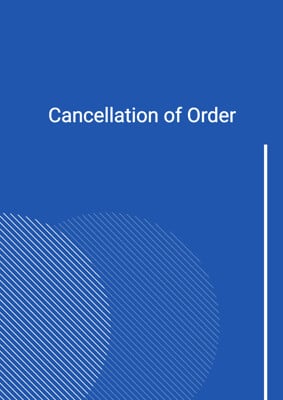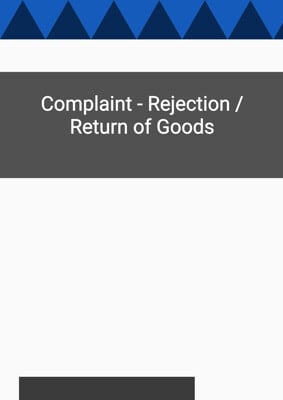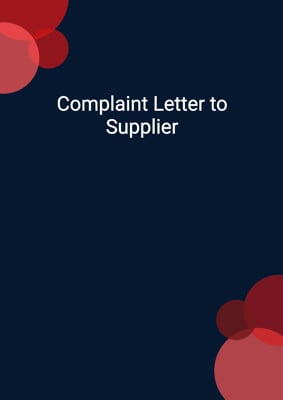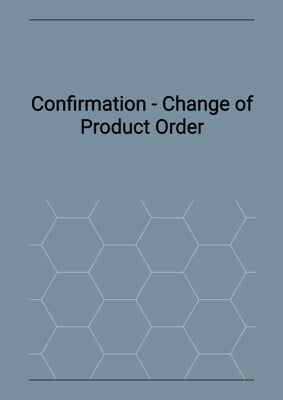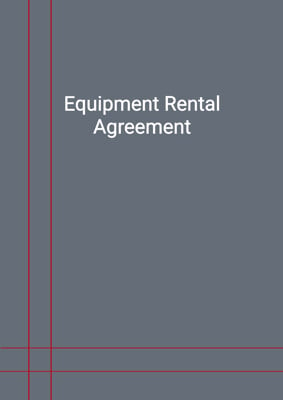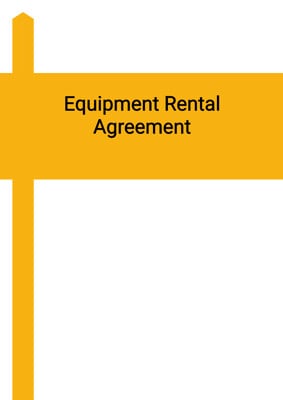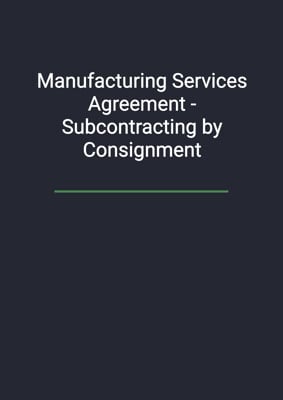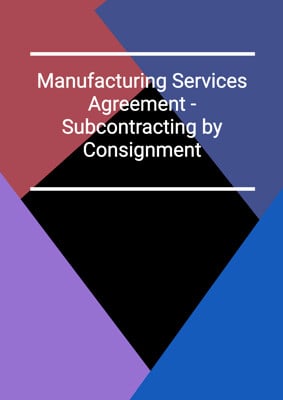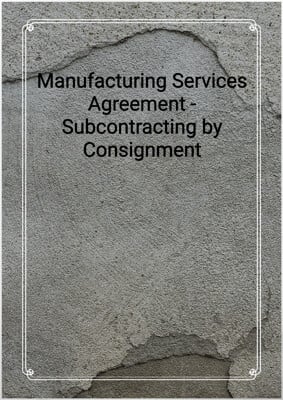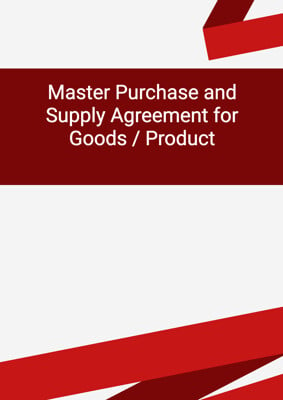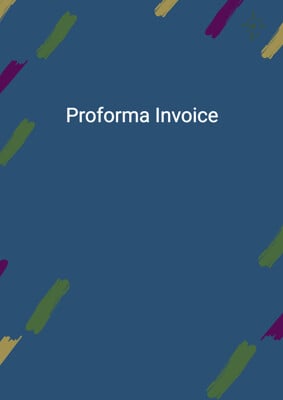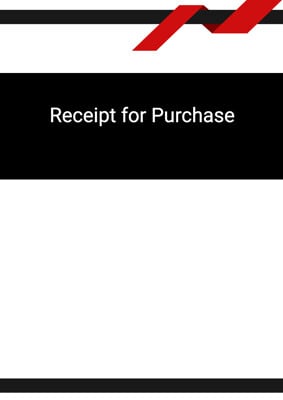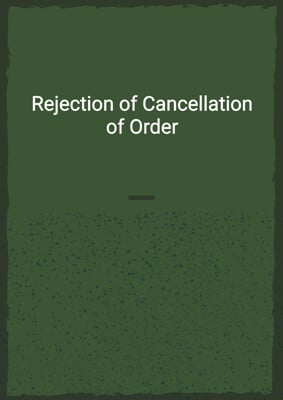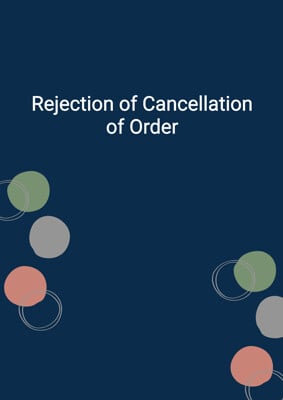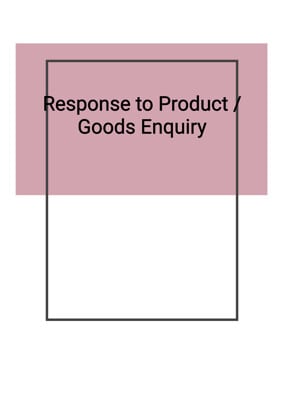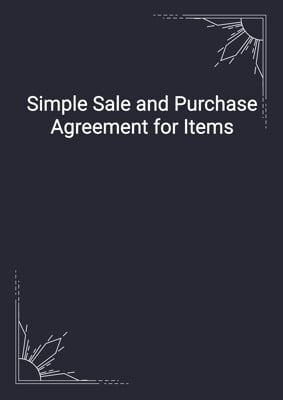How to Tailor the Document for Your Need?
01
Create Document
Fill in the details of the parties. You can click the "Fill with Member’s Information" button to complete it with information saved to your account.
02
Fill Information
Please fill in any additional information by following the step-by-step guide on the left hand side of the preview document and click the "Next" button.
03
Get Document
When you are done, click the "Get Document" button and you can download the document in Word or PDF format.
04
Review Document
Please get all parties to review the document carefully and make any final modifications to ensure that the details are correct before signing the document.
Document Preview
Document Description
The document titled 'Master Purchase and Supply Agreement for Goods / Product' is a legally binding agreement between the seller and the buyer. It outlines the terms and conditions for the purchase and supply of goods. The importance of this document lies in its ability to establish clear expectations and protect the rights of both parties involved.
The entire document is divided into several sections, each serving a specific purpose. The first section provides definitions for key terms used throughout the agreement, ensuring clarity and understanding. The interpretation section clarifies how conflicting provisions will be resolved, giving precedence to the order.
The basis of purchase section explains how the buyer will place orders for goods using their standard purchase order form. It also states that the order constitutes an offer by the buyer, which the seller can accept within a specified timeframe. Any errors or omissions in the order can be corrected without liability on the part of the buyer.
The specification section emphasizes the importance of accurately describing the quantity, quality, and description of the goods. It states that any specifications provided by the buyer or produced by the seller for the buyer's exclusive use remain the property of the buyer. The seller is required to comply with all applicable regulations and provide facilities for inspection or testing if requested by the buyer.
The price section specifies that the price of the goods will be as stated in the order and includes any applicable taxes or charges. It also allows for discounts based on prompt payment or bulk purchase. The seller is expected to provide competitive prices and conditions, and the buyer has the right to negotiate amendments to the agreement if more favorable terms are offered by a third party.
The payment section outlines the buyer's obligation to pay the price of the goods within a specified timeframe. The buyer can set off any sums owed to them by the seller against the price. The seller is entitled to invoice the buyer upon delivery of the goods.
The delivery section states that the seller is responsible for delivering the goods to the specified delivery address within the agreed-upon timeframe. The buyer has the right to reject any goods that do not conform to the contract. Late delivery may result in liquidated damages for the seller.
The quality section highlights the seller's warranty and representation that the goods will be of satisfactory quality, fit for their intended purpose, and free from defects. The seller must maintain quality control procedures and provide samples for approval if requested by the buyer. The buyer has the right to reject any goods that do not comply with the contract.
The returned goods section outlines the seller's responsibility to reimburse the buyer for any returned goods, regardless of the reason. The buyer may liquidate the returns as they see fit, and the seller waives the right to inspect the goods before disposition.
The risk and property section states that the risk of damage or loss of the goods passes to the buyer upon physical possession. The property in the goods passes to the buyer upon delivery or payment, depending on the agreed terms.
The warranty section specifies the seller's warranty and representation that the goods will comply with the contract and any applicable laws or standards. The seller is also responsible for indemnifying the buyer against any liability, loss, or damages arising from breach of warranty or infringement of intellectual property rights.
The remedies section outlines the buyer's rights in the event of breach by the seller. These include the right to rescind the order, reject the goods, claim damages, or require the seller to remedy any defects or supply replacement goods.
The termination section allows the buyer to cancel the contract in whole or in part by giving notice to the seller. The buyer may also terminate the contract if the seller becomes bankrupt or ceases to carry on business.
The document includes provisions for force majeure, notices, confidentiality, and dispute resolution. It also addresses insurance requirements and the intellectual property rights of the buyer.
Overall, this document serves as a comprehensive agreement that protects the interests of both the seller and the buyer. It establishes clear terms and conditions for the purchase and supply of goods, ensuring transparency and minimizing the risk of disputes.
How to use this document?
To use this document effectively, follow these steps:
1. Familiarize yourself with the definitions and interpretations provided in the agreement to ensure a clear understanding of the terms used.
2. Use the buyer's standard purchase order form to place orders for goods. Ensure that the order includes accurate specifications and quantities.
3. Comply with any applicable regulations and provide facilities for inspection or testing if requested by the buyer.
4. Invoice the buyer upon delivery of the goods, stating the order number.
5. Deliver the goods to the specified delivery address within the agreed-upon timeframe. Ensure that the goods conform to the contract to avoid rejection by the buyer.
6. Maintain quality control procedures and provide samples for approval if requested by the buyer.
7. Reimburse the buyer for any returned goods, regardless of the reason. Remove any buyer branding before offering returned goods for sale to a third party.
8. Take appropriate measures to insure the goods against theft, loss, and damage until the property passes to the buyer.
9. Honor the seller's warranty and representation that the goods will comply with the contract and any applicable laws or standards.
10. In the event of a breach by the seller, be prepared to remedy any defects, supply replacement goods, or compensate the buyer for damages.
11. Comply with the termination provisions if the contract needs to be canceled or terminated.
12. In case of any disputes or controversies, try to resolve them amicably. If unable to do so, refer the matter to the respective chairmen/chief executives of both parties.
By following these steps, you can ensure a smooth and mutually beneficial relationship with the buyer while fulfilling your obligations under the agreement.
Not the right document?
Don’t worry, we have thousands of documents for you to choose from:

